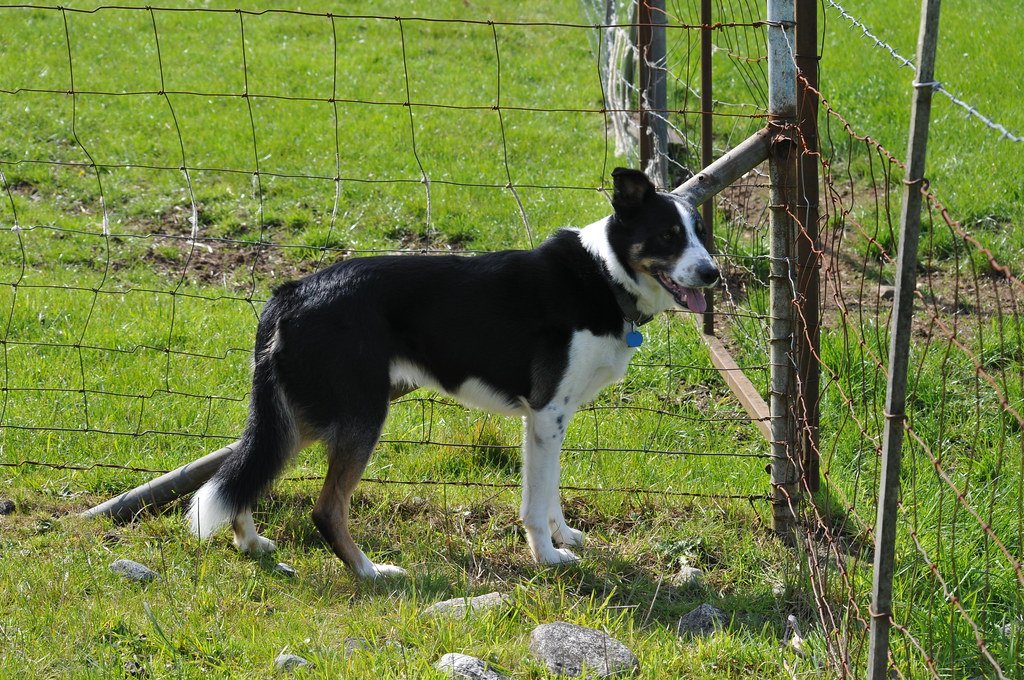Border collies and other herding dogs have long dazzled us with their smarts, stamina, and ability to keep a flock in line—but how do they do it? New research just uncovered a major clue: it’s in their genes.
A team of researchers from South Korea’s Gyeongsang National University and the U.S. National Institutes of Health has identified key genetic traits that give herding breeds their signature skills. The study, published in Science Advances, involved deep genetic analysis comparing working dogs with other breeds. The goal? To find what makes herders tick.
What Makes a Herder a Herder?

Herding breeds like border collies, Australian shepherds, and kelpies are famous for their intelligence, focus, and drive to control movement—all without harming other animals. For generations, these dogs have been bred for traits like obedience, quick thinking, social savvy, and the ability to move fast on a dime. They’re not just energetic—they’re wired to work.
This latest study zoomed in on those very qualities, using whole-genome sequencing to examine the DNA of 12 herding breeds (With the American Kennel Club designating 32 dog breeds as herders) and 91 non-herding breeds. Scientists then compared this genetic information to the NHGRI-EBI GWAS Catalog, a database that tracks how specific genes relate to traits in humans.
The Gene Behind the Genius

Among the many genes analyzed, one stood out: EPHB1.
This gene has previously been linked to spatial memory in humans—a key skill for navigating and tracking movement, which is critical for any dog herding livestock in a wide-open pasture. Herding dogs didn’t just carry this gene—they showed significant variations in it compared to their non-herding cousins, suggesting a possible genetic root for their natural instincts.
While EPHB1 may be one puzzle piece, researchers believe it’s part of a larger genetic picture. Their analysis pointed to multiple gene variants that may influence emotional regulation, focus, and motor skills. Some variants may influence the specific style of herding, such as droving—a herding subcategory where dogs move animals from one place to another.
However, researchers focused in on border collies being that they are the most infamous herding breeds.
Why It Matters
According to National Library of Medicine, the genetics of herding dogs are related to social interaction and cognitive function and can be linked to heightened sensitivity to human communication. The herding dog shows a propensity to successfully complete a wide array of tasks and learn new commands. There is also the enthusiasm to please their owners which shows their adaptation within the genetic footprint of domestic dogs.
Understanding the genetics of dog behavior isn’t just a science win—it’s a game-changer for dog lovers, trainers, and breeders. This type of research could help refine how we train herding breeds, improve working dog programs, and even guide responsible breeding practices.
Your Dog’s DNA, Explained

Of course, not every border collie is a farmhand-in-waiting. While genetics set the stage, training, environment, and enrichment are key players in shaping a dog’s behavior. Still, this research brings us closer to understanding why your border collie circles the kids in the backyard or keeps a watchful eye on squirrels from the window—it’s in their DNA.
And next time you see a herding dog spring into action, you’ll know: they’re not just clever—they’re the product of centuries of selective breeding and a few standout genes that make them among the smartest, most skilled pups around.






